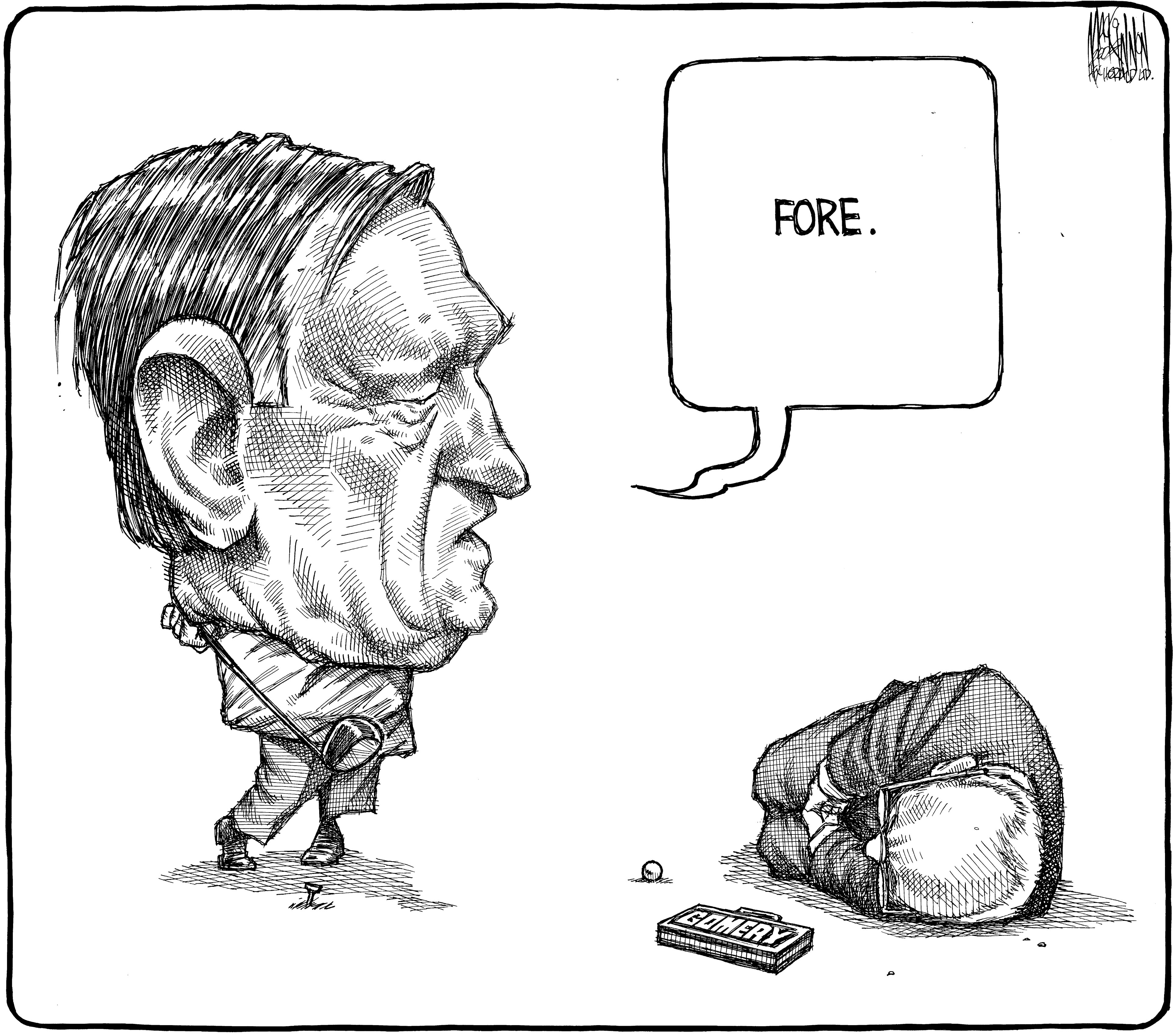Article
Quebec Language Policy
Quebec is the only province in Canada where francophones make up the majority population. For almost two centuries, many have maintained that preserving the French language was the only possible safeguard for the survival of the Quebec nation (see Francophone Nationalism in Quebec). However, it wasn’t until the Quiet Revolution in the 1960s that governments in Quebec began to actively legislate on the issue. Since 1974, French has been the only official language in the province, although some government services remain accessible in English. Quebec has the distinction of being bilingual on constitutional and federal levels, while officially allowing only French in its provincial institutions.





,_2016_(30216916871).jpg)


